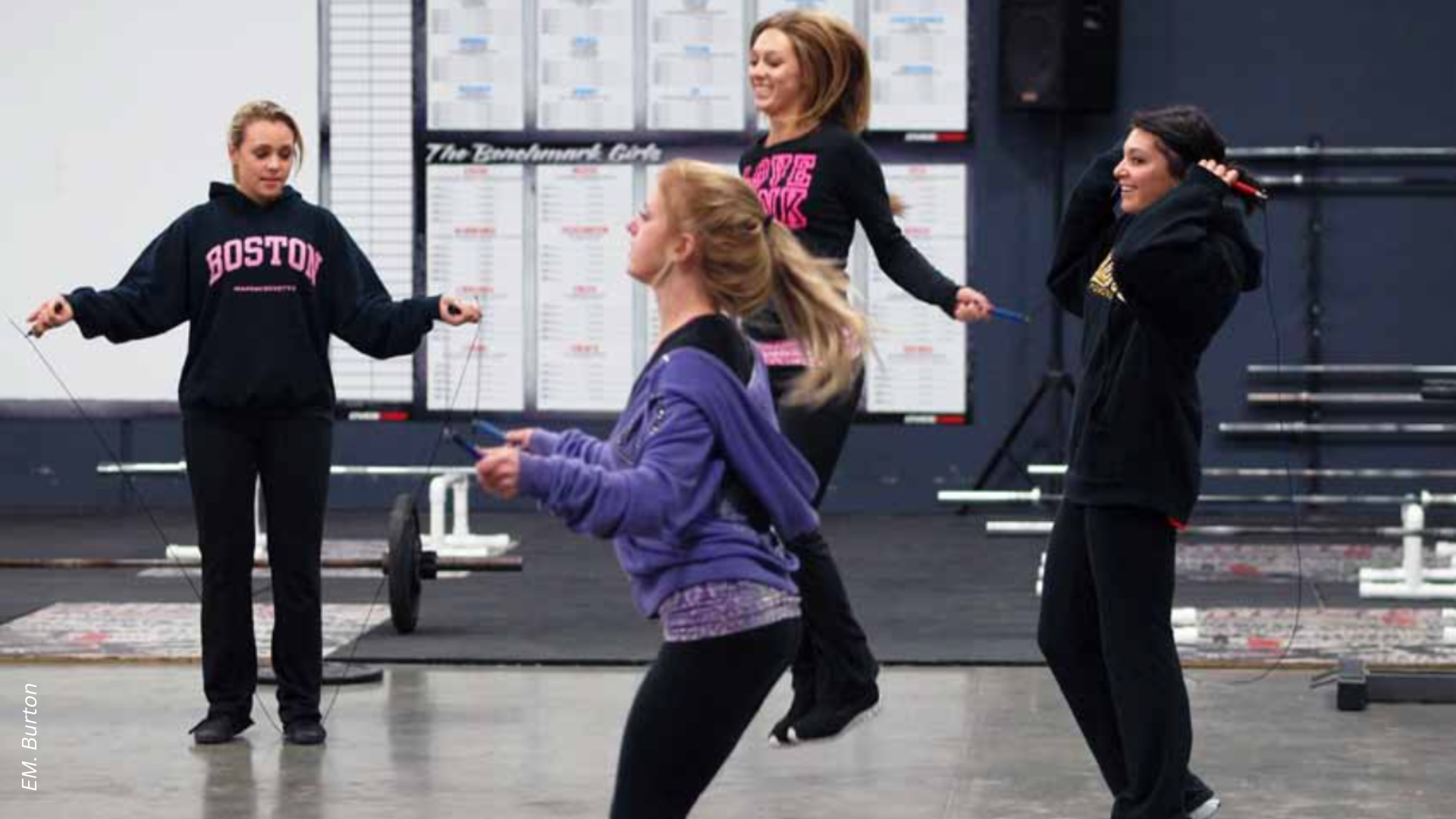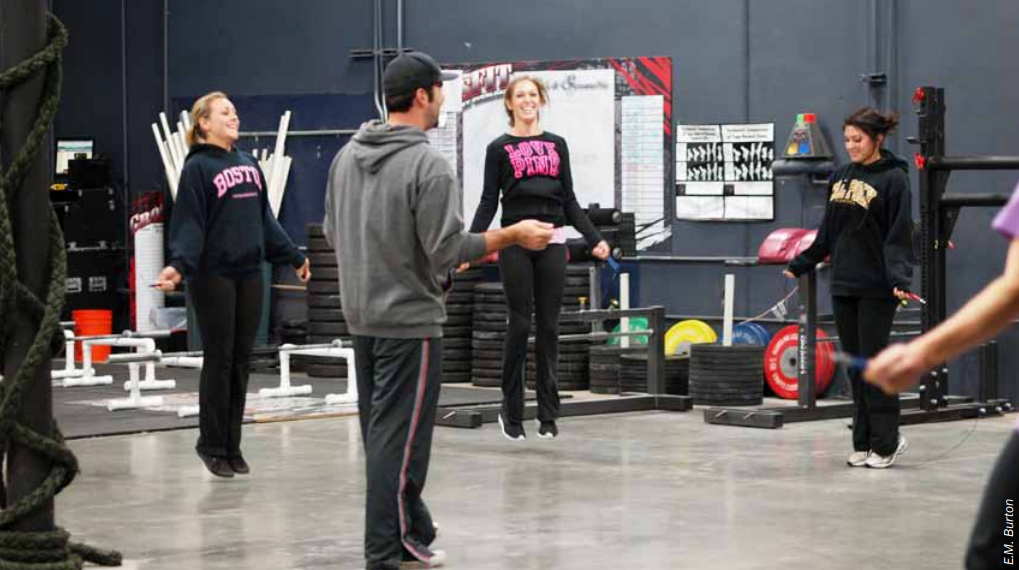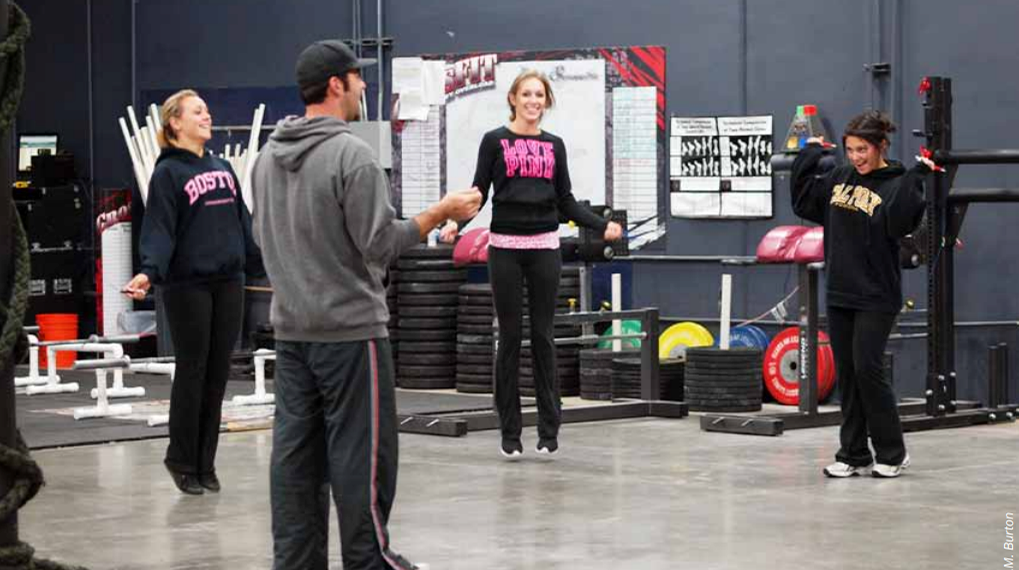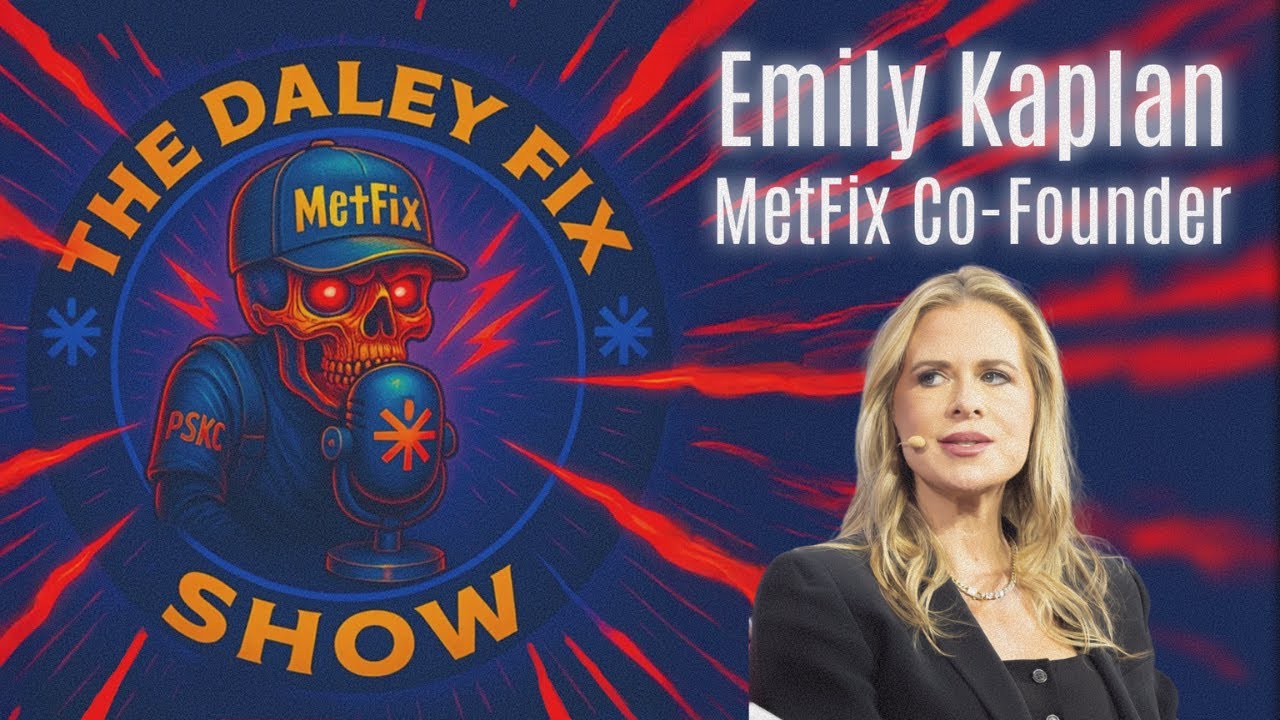CrossFit has been in the business of improving athletic proficiency for a long time. We’ve got a physiological answer to the question of fitness, and it’s constantly varied functional movement performed at high intensity. But in net what we do is we make people better, and that’s the more important part.
Curiously, “better” is really fuzzy language—but you get to decide for yourself and measure for yourself what “better” is.
If you would come into my box on Day 1, I’d tell you to go off in a corner and write down five things that would make you a better human being. Forget CrossFit. Just write down five things that you wish were true of you. Make them subjective or objective, something you can measure or not, and then put the list away. I’d want you to work out with us three to five times a week for six months, and we’d then review that list and see if we’re closer or further from the target. I already know what the answer would be.
If better involves academic success, getting into the right schools, and getting the right job—and that is indeed a definition of “better” for many—I think in our gyms we can improve cognitive function by just about any standard or accepted measure. We can do it with children, and we’re going to start by improving SAT scores. We can make kids smarter and improve their thinking processes, logic, vocabularies. We’ll give them better tools to process and understand. The CrossFit SAT-prep program is going to do all this.
For long periods of time, I tutored training clients and some of their kids to tremendous net effect. I also learned early that the emotional and character components that led to significant training effect—success in athletes, success in training—were also carried over perfectly to academic success. It was after finding success with gymnastics, for instance, that I found success with mathematics. Not the other way around.
Mind-body dualism is a myth. I don’t want to train like there’s some sharp division between what happens from the collarbones up and the rest of the body. Brain function is part of the body. I’ve long thought that our training was a metaphor for boatloads of life lessons and patterns for success. It’s time to tie all of that together with the SAT-prep project.
CrossFit has a number of gyms that are currently playing with the SAT-prep concept with between three and 25 kids or so, and we’re already seeing some data. It’s just what you would think.
Every SAT tutor knows you can improve SAT scores. Guess what? We are. To see if this becomes something that the affiliate can fuse into his culture or her culture, and the box’s culture, is the remaining question, and I don’t see how you can miss.
The affiliate now has a wonderful opportunity. What a great thing it is to be able to tell a parent, “I’m going to take care of your kid’s physical and mental fitness. Ask me how.” That’s a sign to put on the wall.
It used to be the most important thing I could do was unlock the door in the morning and stand there with somebody and teach him how to squat. We are in a position now to serve those affiliates that are unlocking the door every morning, and they don’t need me standing over their shoulder giving them pointers on squatting. But if I could go back to that original little CrossFit gym in Santa Cruz and unlock the door, I’ll tell you right now what I would do next: I would take those chairs we were using for seminars and I’d hold SAT-prep classes. I’d teach math to people who are afraid of math, and I’d be doing everything I could to improve the cognitive processes of my friends.
And we’d have fun with it, too.
I’ve got these gyms that sit empty at least for a good portion of the night and a good chunk of the weekend. The whiteboards are already there, and we need 20 $5 plastic stacking chairs. And I need an instructor, someone to raise a hand and say, “I’m a teacher.” And suddenly all of us are in a completely different place.
In Kenya, we’re building schools and bringing fresh water, and I don’t think it’s lost on anyone that there will eventually be gyms at each of these schools. On that side of the world, we’ve got schools that are going to become gyms, and on the other side of the world we’ve got gyms that are going to become schools.
You know the old adage about teaching someone to fish rather than feeding him? This is clearly a case of teaching someone how to fish. I don’t think there’s any member of our community more deserving of a helping hand than these student athletes.
And we’re going to help them.
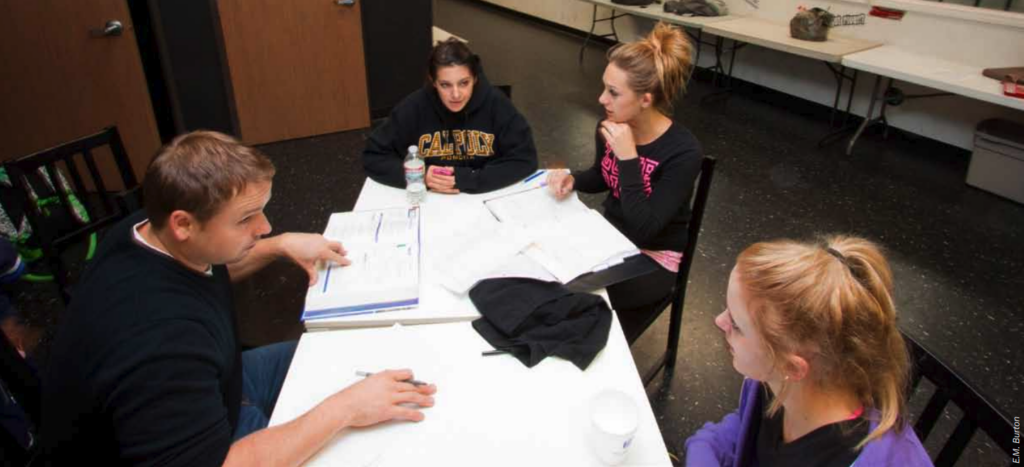
This article, by BSI’s co-founder, was originally published in The CrossFit Journal. While Greg Glassman no longer owns CrossFit Inc., his writings and ideas revolutionized the world of fitness, and are reproduced here.
Coach Glassman named his training methodology ‘CrossFit,’ which became a trademarked term owned by CrossFit Inc. In order to preserve his writings in their original form, references to ‘CrossFit’ remain in this article.
Greg Glassman founded CrossFit, a fitness revolution. Under Glassman’s leadership there were around 4 million CrossFitters, 300,000 CrossFit coaches and 15,000 physical locations, known as affiliates, where his prescribed methodology: constantly varied functional movements executed at high intensity, were practiced daily. CrossFit became known as the solution to the world’s greatest problem, chronic illness.
In 2002, he became the first person in exercise physiology to apply a scientific definition to the word fitness. As the son of an aerospace engineer, Glassman learned the principles of science at a young age. Through observations, experimentation, testing, and retesting, Glassman created a program that brought unprecedented results to his clients. He shared his methodology with the world through The CrossFit Journal and in-person seminars. Harvard Business School proclaimed that CrossFit was the world’s fastest growing business.
The business, which challenged conventional business models and financially upset the health and wellness industry, brought plenty of negative attention to Glassman and CrossFit. The company’s low carbohydrate nutrition prescription threatened the sugar industry and led to a series of lawsuits after a peer-reviewed journal falsified data claiming Glassman’s methodology caused injuries. A federal judge called it the biggest case of scientific misconduct and fraud she’d seen in all her years on the bench. After this experience Glassman developed a deep interest in the corruption of modern science for private interests. He launched CrossFit Health which mobilized 20,000 doctors who knew from their experiences with CrossFit that Glassman’s methodology prevented and cured chronic diseases. Glassman networked the doctors, exposed them to researchers in a variety of fields and encouraged them to work together and further support efforts to expose the problems in medicine and work together on preventative measures.
In 2020, Greg sold CrossFit and focused his attention on the broader issues in modern science. He’d learned from his experience in fitness that areas of study without definitions, without ways of measuring and replicating results are ripe for corruption and manipulation.
The Broken Science Initiative, aims to expose and equip anyone interested with the tools to protect themself from the ills of modern medicine and broken science at-large.
Support the Broken Science Initiative.
Subscribe today →
